Concerns of the insider
Behind the bright colors of economic forest development, there is still silence, when insiders - forest owners, people who directly plant and are attached to the forest express many concerns. Mr. Nguyen Van Sinh's family, Van Son commune (Son Dong) is one of thousands of households attached to the forest planting profession. In the past, when the upstream forests were still dense, with rich flora and fauna, he used to live off the forest. From bamboo shoots, mushrooms to medicinal herbs, all are like gifts bestowed by nature, providing a stable livelihood, creating conditions for people to be closely attached to the forest.
Officers of Luc Ngan District Forest Protection Department coordinate with Cam Son Protective Forest Management Board to patrol and protect the forest. |
At that time, the forest was not only a place to make a living but also a place to shelter and nurture the community. During the dry season, people never had to worry about thirst because the stream gurgled all year round. Later, the forest was exhausted, many areas of natural forest were replaced by economic forests and Mr. Sinh's family also had about 5 hectares of planted forest, mainly acacia trees. Thanks to that, the family had a stable source of income through each exploitation cycle. Life improved significantly, children went to school properly, and the house was more solid.
Along with the positive signs, there are still concerns. Mr. Sinh's family, like many other households, has a house right at the foot of the hill where economic forests are planted. In the stage when the trees are newly planted, the canopy has not yet closed, the bare soil and rocks are exposed, the risk of landslides in the rainy season is always present. Every time it rains heavily, the water flows rapidly, and the flood comes faster. According to Ms. Lai Thi Thuy Duong, Head of Am Ha village, Tuan Dao commune (Son Dong), the whole village has 200 hectares of natural forest and about 300 hectares of economic forests. Because the area of natural forests is increasingly shrinking every time it rains heavily, floods come unexpectedly. For example, in the rain on June 22, floodwaters overflowed, causing some areas near people's houses to be at risk of landslides, plus the water coming quickly could not drain away in time and overflowed into people's fields, greatly affecting their lives and production. Not to mention, because the upstream forest is still small, in the dry season, the shortage of water for daily life and production in the village also often occurs.
Mr. Nguyen Van Quang, residing in Tru Huu ward (Chu town) currently owns many areas of eucalyptus forests in Kien Thanh commune (Chu town) and Bien Son commune (Luc Ngan) also worried. According to Mr. Quang, after every 5-year cycle, the forest is exploited and quickly replanted, creating a continuous production cycle. There are years when his family exploits dozens of hectares, earning billions of dong. "Thanks to the use of high-quality eucalyptus varieties, combined with intensive planting and care techniques, each hectare can bring in revenue from 250 to 300 million dong per cycle, much higher than growing acacia or other forestry trees," Mr. Quang shared. However, he also frankly said that high economic efficiency must be exchanged for great pressure on forest land. Continuous exploitation causes the soil to quickly become depleted, and after only about three exploitation cycles, the soil shows signs of exhaustion.
Potential risk of flash floods and landslides
The concerns of forest owners and people living in mountainous areas where economic forests are planted are completely justified. In fact, over the past many years, many localities have recorded serious landslides due to the destruction of natural forests, while economic forests, which are planted purely for the purpose of timber exploitation, have little role in water retention, land stabilization and ecosystem protection. Most memorable was storm No. 3 in 2024 that swept through the northern provinces, causing serious damage to both people and property.
The rain on June 22 caused flood water to come quickly and overflow into the fields of people in Am Ha village, Tuan Dao commune (Son Dong). |
Scientists say that low biological cover and poor root systems of fast-growing plants such as eucalyptus and acacia significantly reduce the ability to retain soil and water, making storms more dangerous. The decline in the vegetation cover of economic forests, combined with the concretization of the lowlands, has greatly reduced the ability to regulate water. As a result, when heavy rains occur, water from the mountains flows down quickly and strongly, causing flash floods, landslides and widespread inundation.
In areas with deep soil layers, steep terrain, and economic forests, cracks and landslides are increasingly appearing. In 2024, the province had to continuously declare a series of emergency situations regarding landslides in many areas such as: Cho Slope, Lam Village, Truong Son Commune (Luc Nam); Buc Mountain, Chay Village, Phi Dien Commune (Luc Ngan); Va Pass, Va Village (An Ba Commune); Tuan An, Tuan Son, Nam Bong, Linh Phu Villages (Tuan Dao Commune) and Residential Group No. 1, An Chau Town (Son Dong)... These landslides are the consequences of the forest cover and vegetation being degraded over the years. When the forest is no longer a green coat protecting the hills and mountains, the land is exposed, when it rains heavily for many days, the water cannot penetrate the soil but overflows the surface, dragging along rocks and soil, causing landslides, threatening the lives and property of the people; causing flooding downstream.
Poor soil, disease outbreaks
Another worrying issue is the serious degradation of land under the canopy of economic forests. Monoculture afforestation has made the soil increasingly infertile. Fertile humus layers are washed away by rain, especially in hilly and steep mountainous areas. Acacia forests, once praised for their rapid growth, now leave barren lands. Economic afforestation is mainly done with 1-2 tree varieties, monoculture leading to monotonous ecosystems that are easily destroyed by diseases.
Pests destroy planted forests in Luc Ngan district. |
In recent years, Bac Giang has seen consecutive outbreaks of diseases on acacia and eucalyptus trees, causing great damage such as: wilting on acacia and eucalyptus trees in Yen The and Luc Ngan; stem borers on eucalyptus in Luc Ngan... Among them, there are also diseases of unknown cause. According to the Forest Protection Department, one of the main causes of diseases on forestry trees is that forest owners cultivate the same tree species in multiple cycles on the same area, thereby creating parasitic pathogens in the roots and soil.
In an effort to develop economic forests to increase income, many households in mountainous districts of Bac Giang province have applied comprehensive land preparation methods such as: clearing forests, using excavators to dig deep into the soil layer on steep slopes. Initially, this method helps increase crop productivity, but in the long run, it causes the soil to become infertile, eroded, lose its ability to retain water and significantly reduce biodiversity. A reality that still exists in economic forest planting activities is clearing the ground by burning natural vegetation before replanting. Although it is a quick solution, this seemingly simple action causes a lot of damage to nature and community life such as: Emitting greenhouse gases causing climate change, while increasing the risk of unwanted forest fires.
In the first 6 months of 2025 alone, the province recorded a record number of forest fires. According to statistics, there were 45 forest fires in the area with a total burned area of over 281 hectares, damaging 43 hectares of forest (an increase of 43 cases and 42.6 hectares of damaged forest compared to the same period last year), of which 8.2 hectares were natural forests and 34.8 hectares were planted forests. |
Many forest fires occur when people burn the ground cover after exploiting production forests, causing the fire to spread to other forests, even other types of forests. In the first 6 months of 2025 alone, the whole province recorded a record number of forest fires. According to statistics, there were 45 forest fires in the area with a total burned area of over 281 hectares, damaging 43 hectares of forest (an increase of 43 cases and 42.6 hectares of damaged forest compared to the same period last year); of which, 8.2 hectares were natural forests and 34.8 hectares were planted forests.
Not only does it damage the ecological environment, burning vegetation also poses many risks to human safety. A heartbreaking example just happened in Tri Yen commune (Bac Giang city). According to the local government, in early June, a woman burned vegetation in the forest behind her house while clearing and burning vegetation. Previously, in Yen The, there was also a death due to vegetation burning to prepare the field for forest planting.
The process of developing economic forests brings positive changes in the economy, creates income for people and promotes the forestry production chain, but has to trade off the impact on the environment and land resources - the fundamental factors for sustainable development. Therefore, a comprehensive and scientific view is needed to fully assess the impact of this model, build solutions to develop economic forests in a sustainable direction, harmonizing immediate benefits and long-term values.
(To be continued)
Economic Reporters Group
Source: https://baobacgiang.vn/phia-sau-nhung-canh-rung-kinh-te-bai-2-loi-truoc-mat-anh-huong-dai-lau-postid420629.bbg


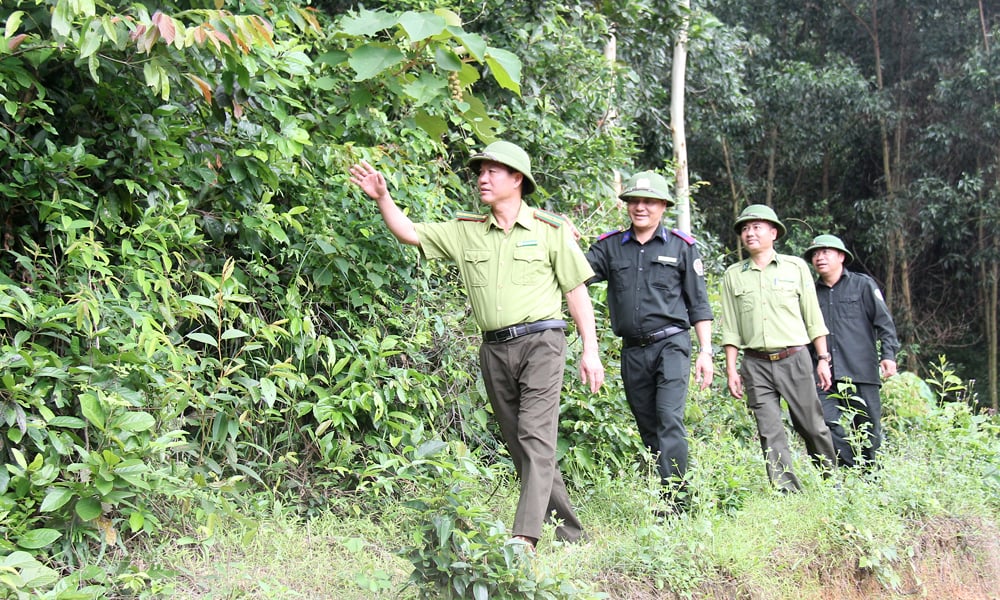
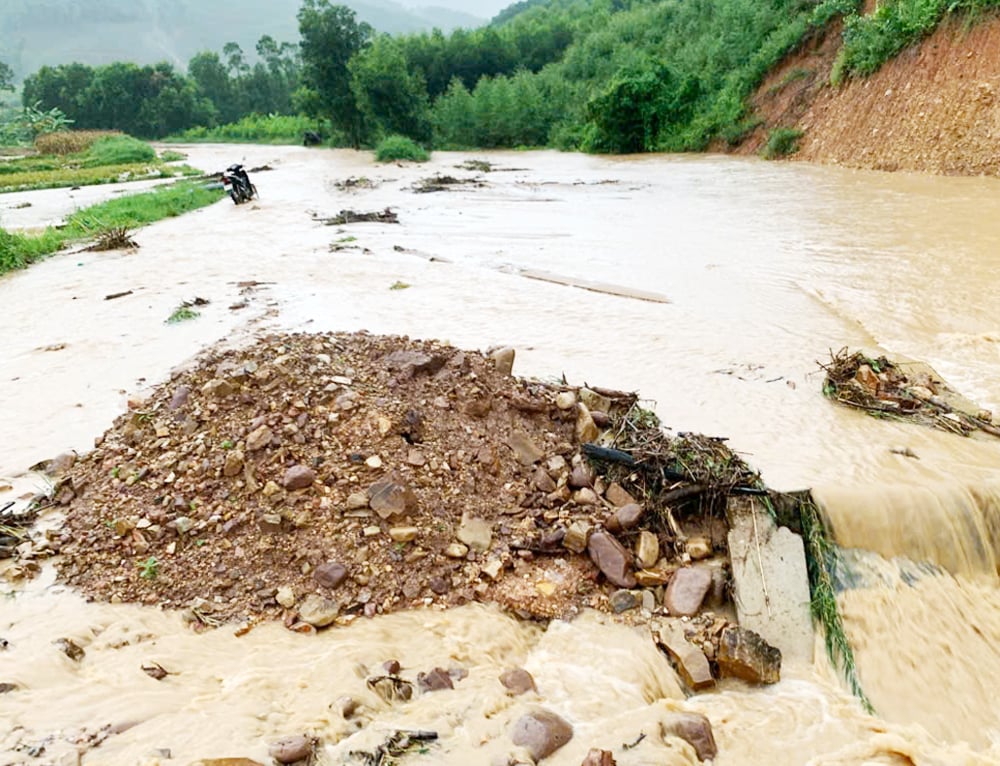
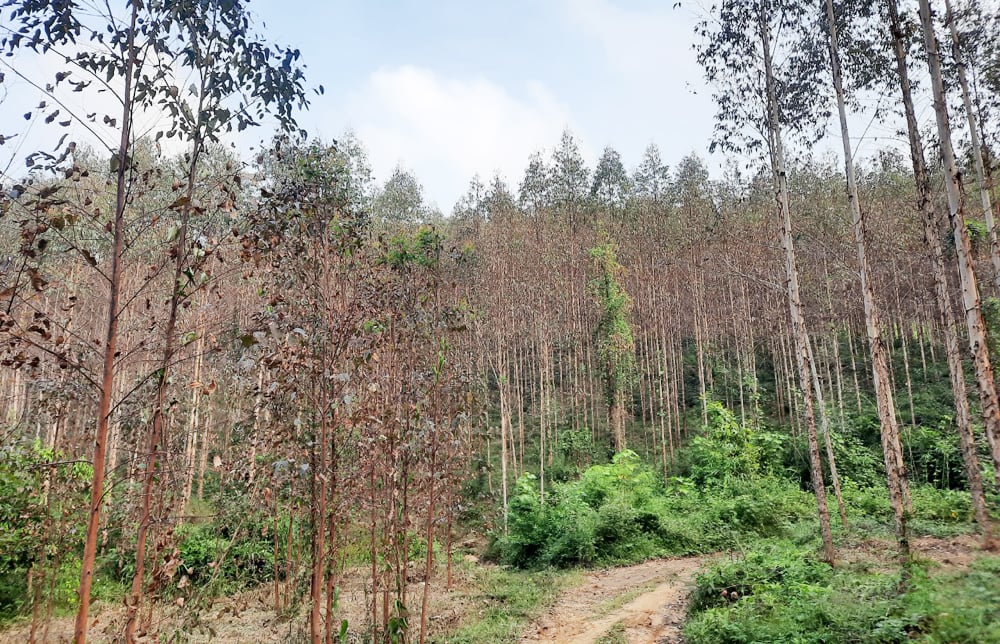
![[Photo] The 9th Party Congress of the National Political Publishing House Truth](https://vphoto.vietnam.vn/thumb/1200x675/vietnam/resource/IMAGE/2025/6/24/ade0561f18954dd1a6a491bdadfa84f1)



![[Photo] General Secretary To Lam meets with the Group of Young National Assembly Deputies](https://vphoto.vietnam.vn/thumb/1200x675/vietnam/resource/IMAGE/2025/6/24/618b5c3b8c92431686f2217f61dbf4f6)
![[Photo] Close-up of modernized Thu Thiem, connecting new life with District 1](https://vphoto.vietnam.vn/thumb/1200x675/vietnam/resource/IMAGE/2025/6/24/d360fb27c6924b0087bf4f288c24b2f2)

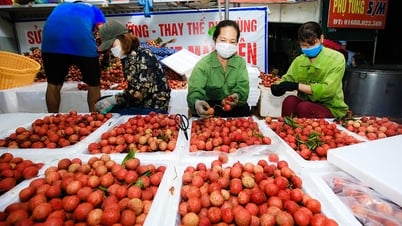

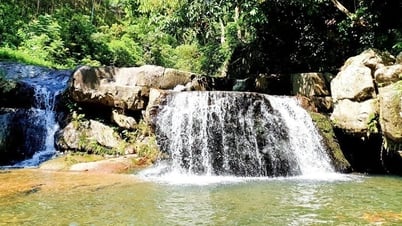
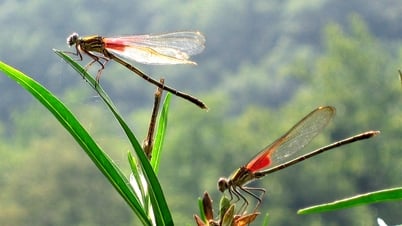

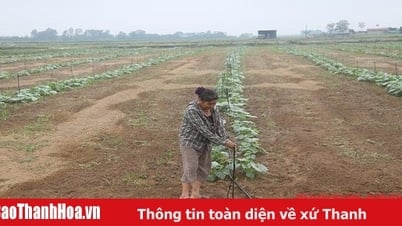

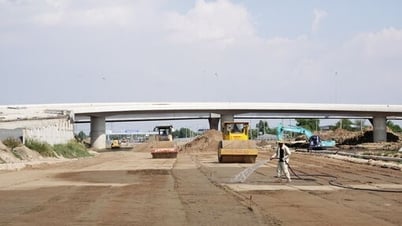



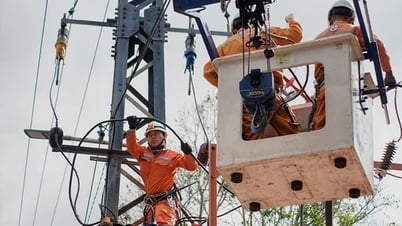









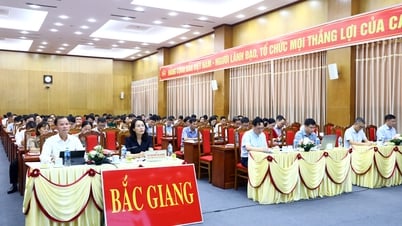
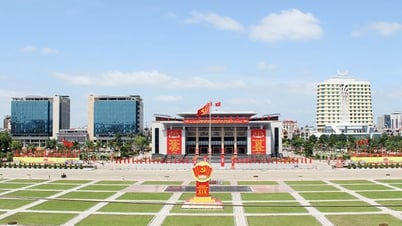

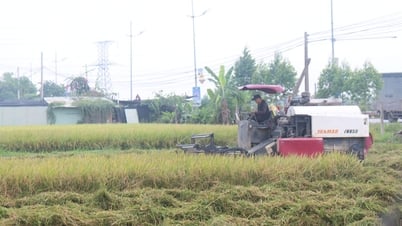
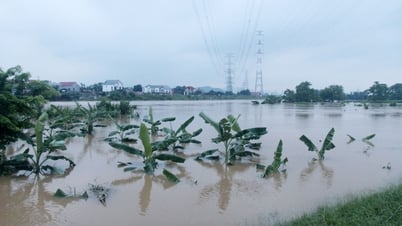

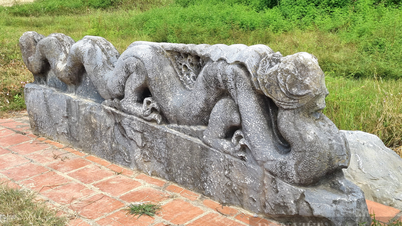

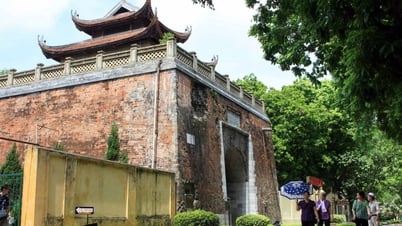

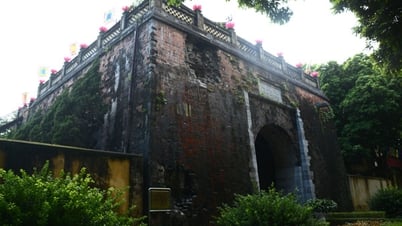







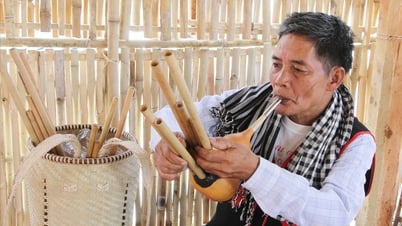












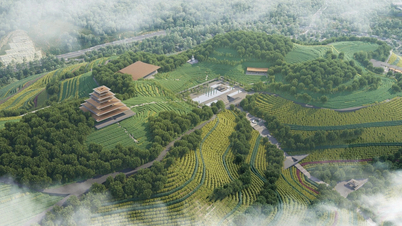










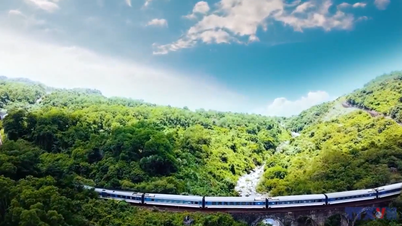








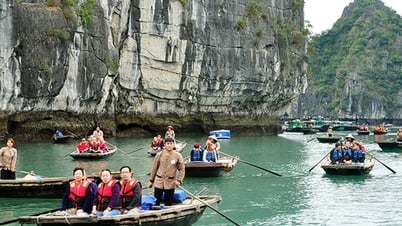



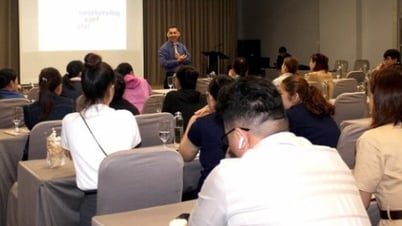


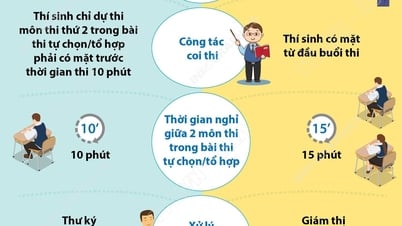



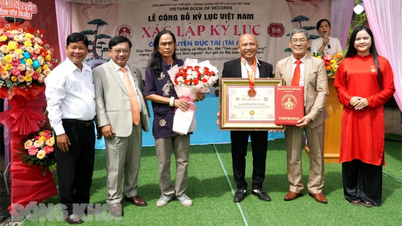
















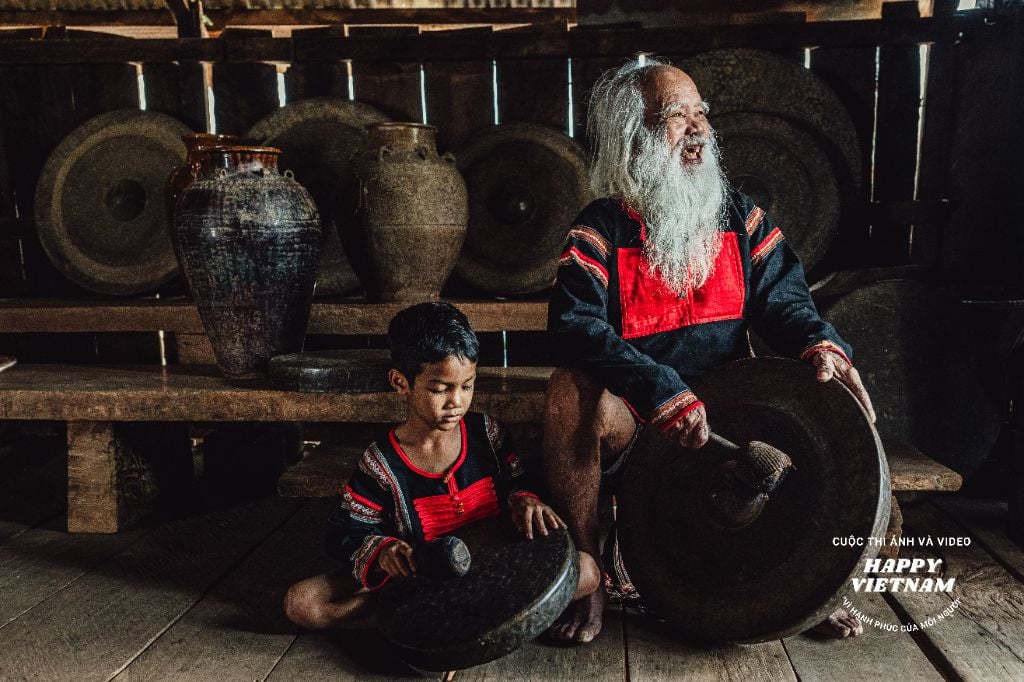



Comment (0)